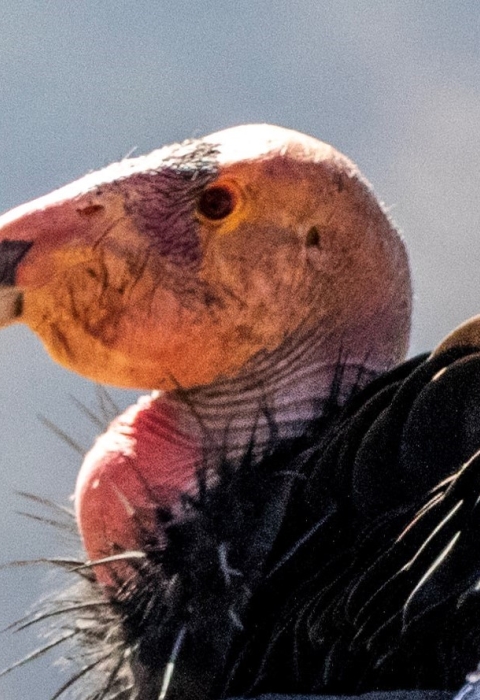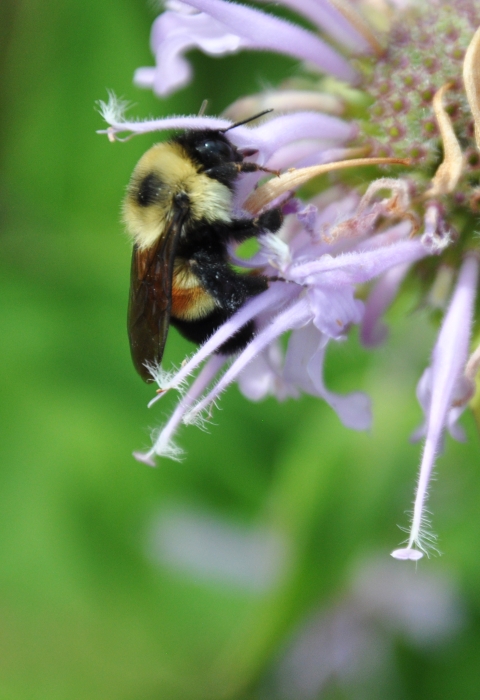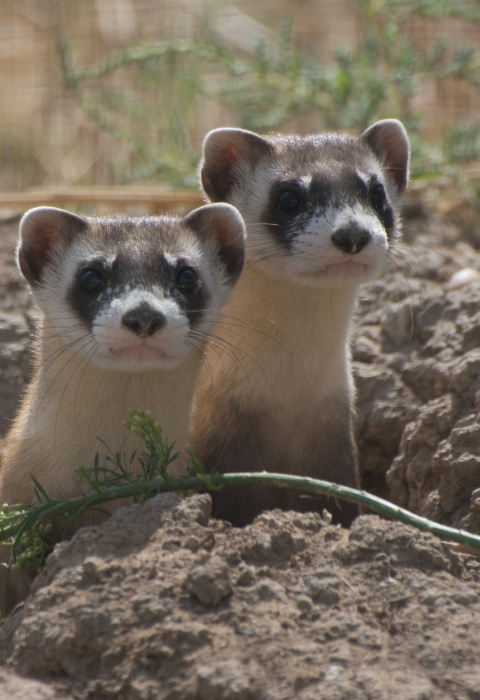The Endangered Species Act (ESA) was enacted in 1973 to prevent the loss or harm of endangered and threatened species and to preserve the places they live. For over half a century, the ESA has proven to be one of the most effective wildlife conservation laws, credited with saving 99 percent of the species it protects. But it has done so much more than just prevent extinction.
Now in its 50th year, the ESA stands testament to the power of partnerships and the conservation successes we can achieve working together. Today, hundreds of species are stable or improving thanks to conservation actions undertaken by federal agencies, state and local governments, conservation organization, and private citizens. Many others have recovered to self-sustaining levels and no longer depend on federal protection for survival.
Although we have made considerable progress in safeguarding our imperiled species and their habitats since the passage of the ESA, the challenges we face are ongoing. Loss of habitat and introduction of invasive species invasive species
An invasive species is any plant or animal that has spread or been introduced into a new area where they are, or could, cause harm to the environment, economy, or human, animal, or plant health. Their unwelcome presence can destroy ecosystems and cost millions of dollars.
Learn more about invasive species are the most serious threats to vulnerable species and their habitats. Additionally, climate change climate change
Climate change includes both global warming driven by human-induced emissions of greenhouse gases and the resulting large-scale shifts in weather patterns. Though there have been previous periods of climatic change, since the mid-20th century humans have had an unprecedented impact on Earth's climate system and caused change on a global scale.
Learn more about climate change promises to expand the scope and complexity of these problems.
As we look to the next 50 years and beyond, a renewed commitment to species conservation and the ESA is vital. It is up to all of us to continue the success of the ESA so future generations may experience the natural heritage we all cherish.




